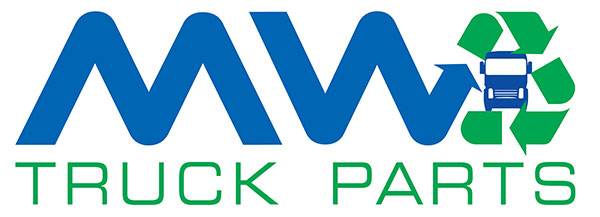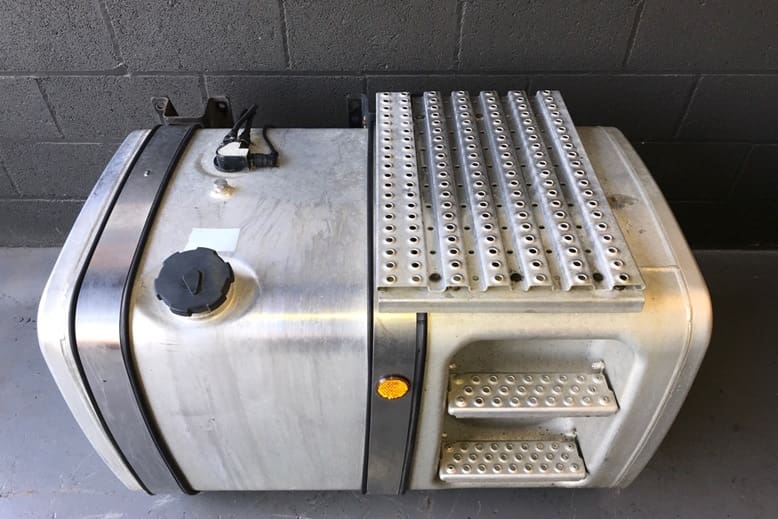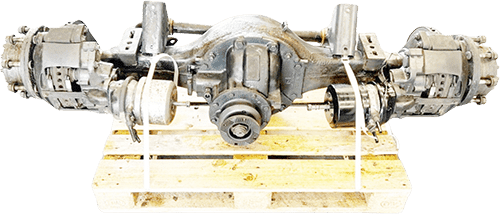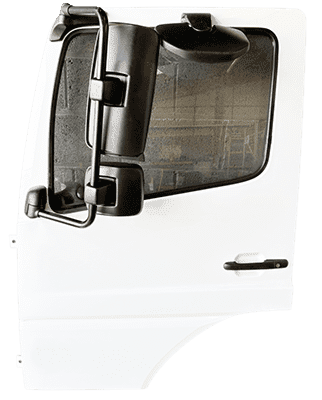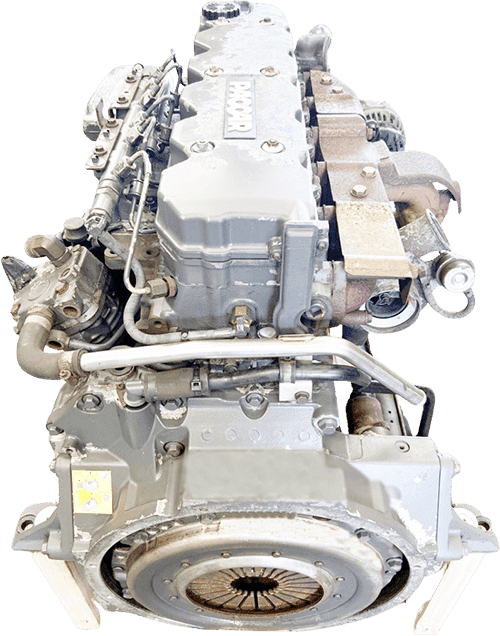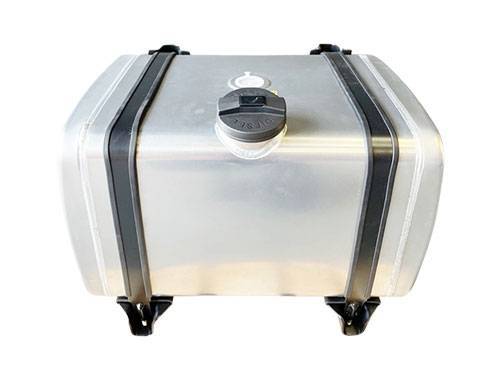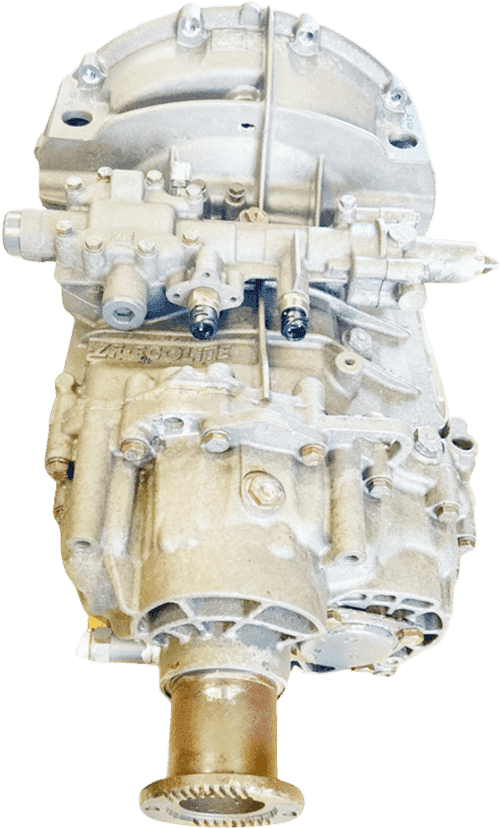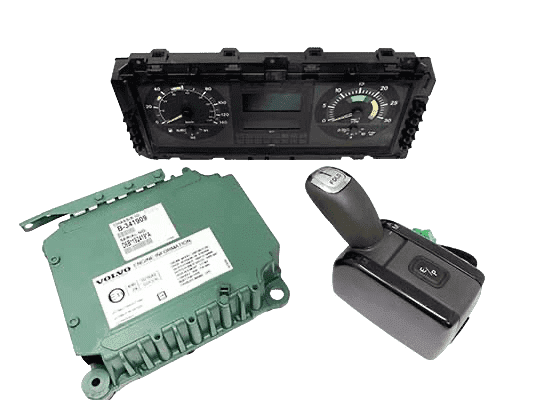Walking floor operations demand reliable hydraulic power delivery systems. You need components that work together seamlessly, delivering consistent performance across thousands of operating cycles.
Tank capacity affects operational efficiency
200-litre side-mounted aluminium tanks provide optimal fluid reserves for continuous operation. Rear cabin mounting saves chassis space but reduces maintenance access compared to side configurations.
Internal 25-micron filtration prevents contamination from reaching your pump. Breather caps with integral air filters stop airborne particles from entering the system during fluid expansion cycles.
Related: Tipping gear: powering your hydraulic operations
Pump specifications determine system capability
Bent-axis piston pumps deliver superior efficiency at high pressures. Units with 108cc/rev displacement running at 1700 RPM continuous speed balance power output with component longevity
350 BAR working pressure handles demanding walking floor applications comfortably. 400 BAR maximum ratings provide safety margins, preventing damage during pressure spikes or blockages.
Twin-line plumbing creates a continuous flow
Walking floor wet kits require an uninterrupted hydraulic supply for smooth material movement. Single-line systems cannot maintain the constant flow rates necessary for repetitive floor slat cycling.
Return lines route separately from pressure circuits in twin-line configurations. Independent flow paths prevent backpressure from affecting pump output during rapid directional changes required for operation.
Pressure relief valves protect your investment
Variable settings between 50-380 BAR accommodate different trailer manufacturers’ specifications. Stainless steel construction resists corrosion from moisture ingress better than standard valve bodies.
One hundred litres per minute flow capacity matches high-output pump requirements. Test ports allow pressure verification without disconnecting hoses, simplifying routine maintenance checks and fault diagnosis.
PTO selection impacts installation complexity
Clutch-type units engage smoothly without shock loading your gearbox. Pneumatic control integrates with existing air systems, eliminating manual engagement levers from cab interiors.
Confirmation switches verify proper clutch engagement before pump activation begins. 531 Nm torque capacity handles the sustained loads walking floor systems generate during operation.
Related: DIY hydraulic wet kits – a guide to our products
Gearbox compatibility limits your options
ZF AS Tronic models from 2005 to 2016 accept standard mounting configurations. Newer ZF Traxon gearboxes require adapter plates matching your shaft length and spline count.
248mm and 270mm shaft options cover most applications across manufacturers. Verify your gearbox model number before ordering to avoid compatibility issues during installation.
Control systems affect operator convenience
Pneumatic switches operating between 5-10 BAR match standard lorry air pressures. Single-way controls simplify wiring compared to complex multi-function panels unnecessary for walking floor operation.
Air line connectors included with switches speed installation considerably. Pre-assembled connections eliminate potential leak points from field-fabricated joints, compromising system reliability over time.
Additional fittings complete the installation
Rotary swivel couplings accommodate chassis articulation without stressing hydraulic hoses. 90-degree configurations route lines cleanly around obstacles common in modern emission-compliant engine compartments.
Ball valves isolate damaged circuits for emergency roadside repairs. 2-inch bore sizes match tank outlet dimensions, preventing flow restrictions and reducing pump efficiency during operation.
Quality considerations beyond basic specifications
Aluminium tank construction saves approximately 40% weight versus steel alternatives. Weight savings translate directly into payload increases for weight-sensitive walking floor applications.
Bi-directional pumps simplify installation regardless of engine rotation direction. Universal mounting eliminates ordering errors common with rotation-specific pump designs requiring exact specification matching.
Integration challenges you might encounter
Modern emission control equipment crowds traditional PTO mounting locations significantly. Adapter plates and extended quill shafts overcome clearance issues without relocating major components.
Hose routing requires careful planning around exhaust treatment systems. High-temperature zones near diesel particulate filters demand protective sleeving, preventing premature hose failure.
Maintenance access drives long-term satisfaction
Side-mounted tanks provide ground-level filter access for routine servicing. Rear cabin mounting positions components higher, requiring ladder access but protecting parts from road debris.
Quick-release fittings speed up pump replacement when rebuilds become necessary. Modular component design reduces downtime compared to integrated systems requiring complete assembly replacement.
Performance expectations for walking floor applications
Cycle times depend on flow rates and trailer floor design equally. Higher displacement pumps reduce cycle duration but increase fuel consumption during extended operation.
System efficiency drops as components wear over thousands of cycles. Regular pressure testing identifies declining performance before complete failure strands loads at customer sites.
Further reading: What is a twin flow-axis pump?






